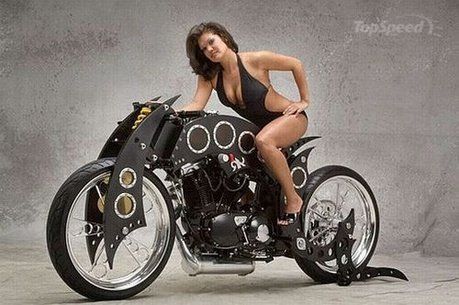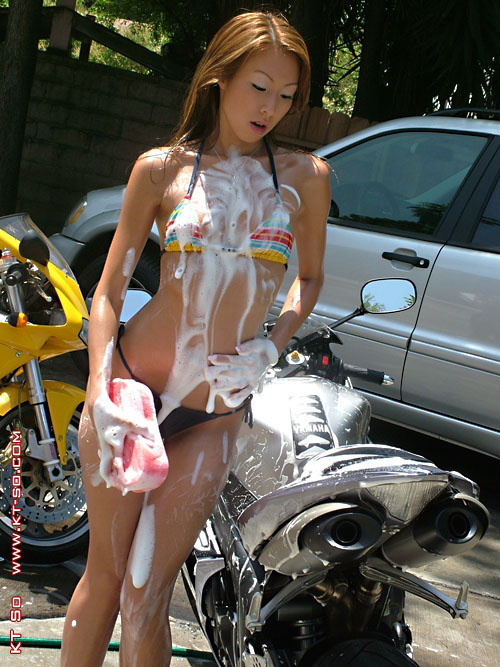
"Hi Paul,
A very interesting site – please keep up the good work. Being a Brough Superior nut however I must correct you on your description of TEL’s 8th. BS which of course he never took delivery of due to the fatal accident. It was in fact an 8/75 JAP SS100 ('Two of Everything'), not a Matchless engined machine as you state. There was much correspondence between TEL and George Brough over the development of this model which was relatively complicated in those days as it had two magnetos, two oil pumps and two carburettors – hence the nickname. TEL’s intended machine was registered BTO 308 with a B&D spring frame and is similar in specification to the 8/75 that currently stands at number 5 in your top 20 Auction Prices.
If you want to see an 8/75 in action then check out http://www.youtube.com/watch?v=RYOg8mLjruE which features me doing silly things on my rigid framed model.Back to the topic of TEL, the BBC are currently preparing a new documentary entitled “In Search of Lawrence” which will be broadcast next autumn. I was asked to do some riding scenes for the programme in Dorset, close to the accident site. Attached is a photo of me in suitable period civilian clothing on my 1932 SS100 during the filming. (Note the correct GW 2275 plates – David Lean used UL 656 for his film which belonged to George VI, his penultimate machine.) The shoot took place last Thursday (11/12/08) and the temperature was below freezing - roll on spring!"

Which I'll take as my cue to delve into the 'Two of Everything' Brough-J.A.P., which George Brough simply called the latest 'SS100' model in 1934 (see catalog illustration above); this engine represented the ultimate development of the JAP ohv v-twin at the time, and George always used the latest/best/most powerful engine available for his SS100. The first SS100 used the JAP 'KTOR' engine in 1924, which has open rockers and pushrods, an almost 'square' bore/stroke (85.7x85mm), and developed 45hp (and is sometimes known as the '8/45'). The cylinder heads had hemispherical combustion chambers, and cast-in rocker supports which housed ball bearings for the rockers. It had a total-loss oiling system, using a Best and Lloyd oil metering device mounted on the timing chain chest. Four cams and lifters, roller bearings throughout. In general, a lovely powerful engine with very thin crankcases, prone to cracking - as most early SS100 owners have already found and repaired!
In 1928 JAP introduced the 'JTOR 8/50' engine (with enclosed rockers and pushrodes, a long stroke of 99mm (x80mm bore), and slightly lighter flywheels - oiling changed to a Pilgrim metering device, still total-loss, which remained on offer until 1933 (and is the type of machine with Howard astride, above).

In 1934, the new '8/75' engine (see drawing above), developing 74hp at 6,200rpm, was housed in some of the SS100s (you could still order the old JTOR engine, and many did). This engine became known as the 'Two of Everything' for its two single-spark magnetos, two carburetors, and four oil 'pumps'. The design was a departure for JAP, who addressed several trouble spots from their previous high-performance engines. First, the cylinder barrels were had deep spigots into a higher crankcase mouth for greater strength, and the camshafts were placed higher in a new timing case to shorten the pushrod length, removing a source of pushrod flex and consequent valve timing fluctuation. Cylinder barrels were bolted directly to the case, while the head bolted to the barrel with 5 studs. The engine gained proper dry-sump oil pumps for the crankcase and timing gear, but retained the JAP 'cough and spit' (charming) oiling for the rockers, while the valve guides got no oil at all.

While clearly very powerful, the 8/75 proved to be troublesome, especially for an SS100 owner more intent on touring than flat-out work. And, to be honest, the Brough chassis by 1934 was certainly nothing to go racing with, as the 1920's attributes of a low and skid-free frame and long, stable wheelbase had long ago given way to short racing chassis with weight distribution and fork geometry which made tank-slappers and skids, so common in the early 20's, a non-issue for a racing Norton, Rudge, or Velocette.

So, what one got for his £170 in '34 was a luxury tourer with a hot stuff engine, which might give you a spot of trouble when touring the Continent. 1934 was perhaps the nadir year for the JAP concern, as their newest racinge engines, single and twin-cylinder, all proved troublesome and caused many red faces at the Isle of Man for their customers. A spate of engine troubles, retirements, and slower-than-expected engines caused JAP's former customers to walk in droves elsewhere, and George Brough himself by the very next season was using a V-twin engine from a different source; Associated Motor Cyles Ltd, owners of the Matchless and AJS names.

Having said all that, I tried desperately about 10 years ago to negotiate the purchase of a 'Two of Everything' Brough SS100 living in England, to no avail.

Photos of the machine are above, and what would draw me to a motorcycle with such a mixed reputation? Let's face it, the 8/75 JAP engine really was 'the dog's bollocks' in the mid-30's, even if totally inappropriate for a Grand Touring motorcycle. If you look at the engine close-up pic above, you'll note the Karslake prop-stand tucked under the footrest; a guarantee of no exuberant cornering on this Gentleman's Machine. But, the prospect of laying a big strip of rubber underneath a Brough Superior - sheer Hooliganism - was irresistible. Even though I never bought that SS100, I had the distinct pleasure of watching a friend do an amazing burnout with his own '34 SS100 '8/75', in Bristol... the bike is below, with me wistfully contemplating what Could Have Been.









No comments:
Post a Comment